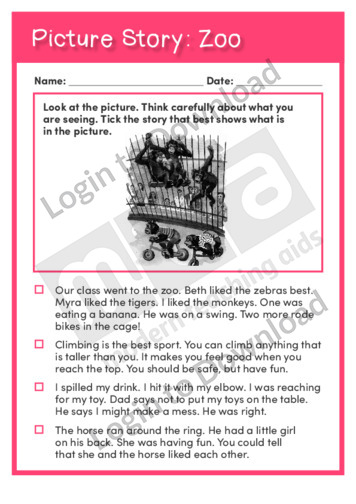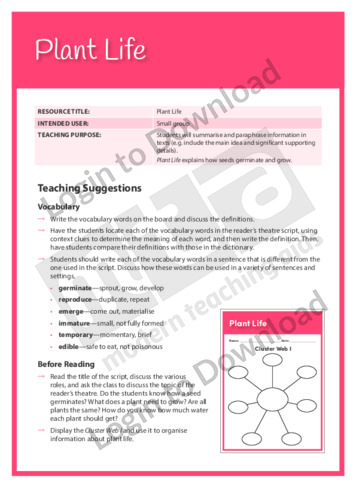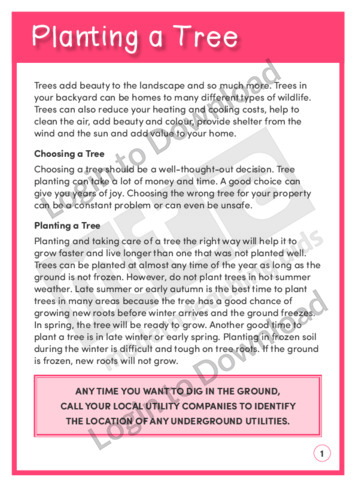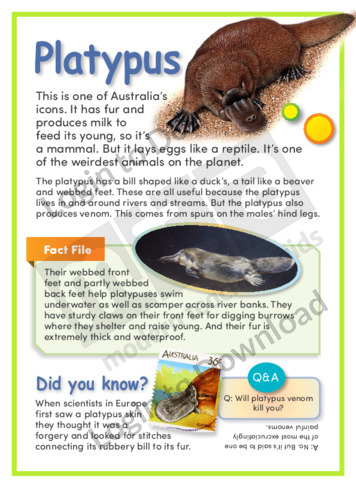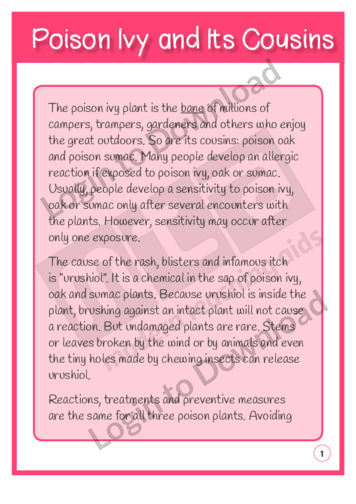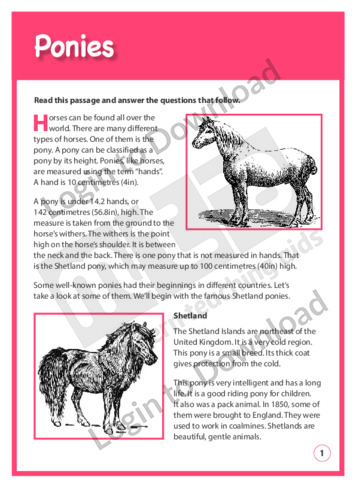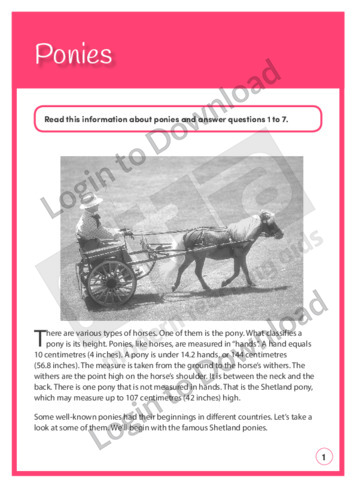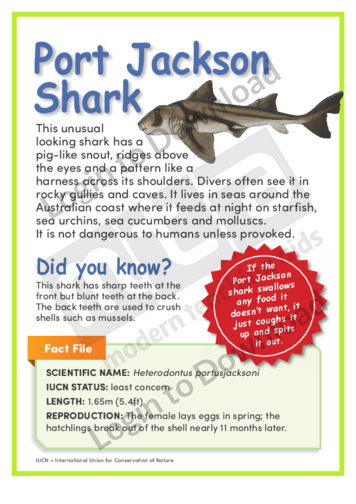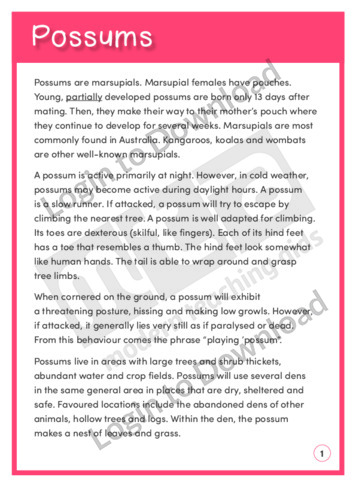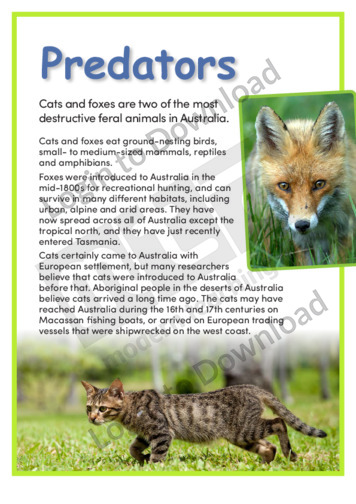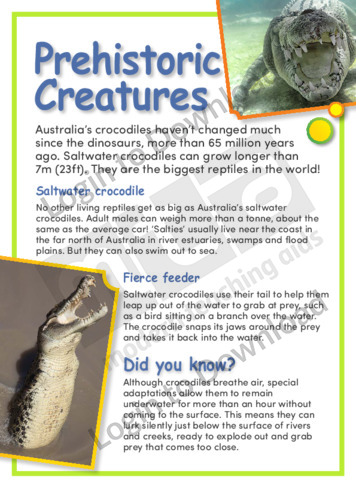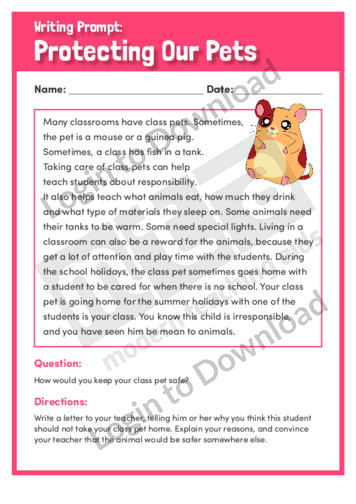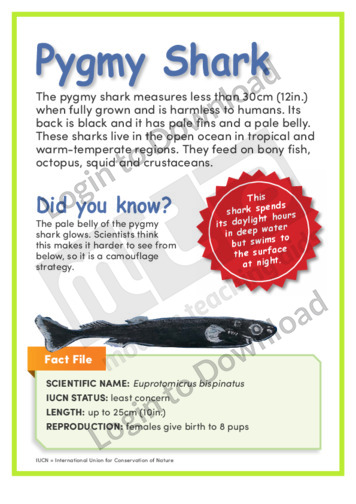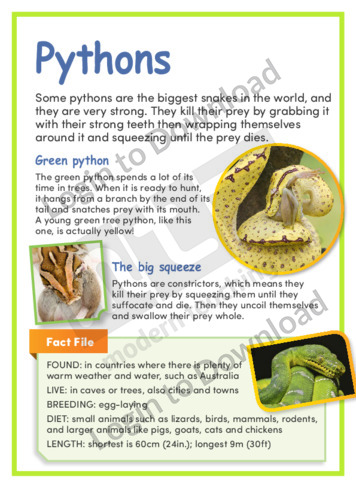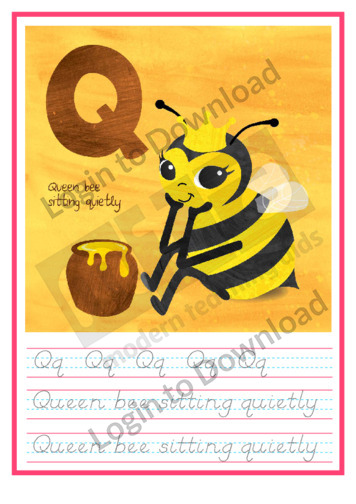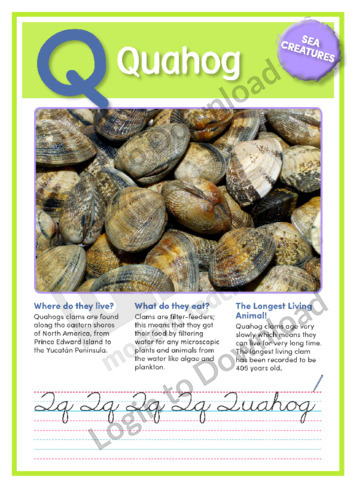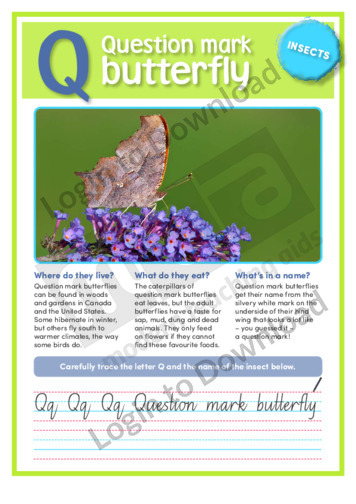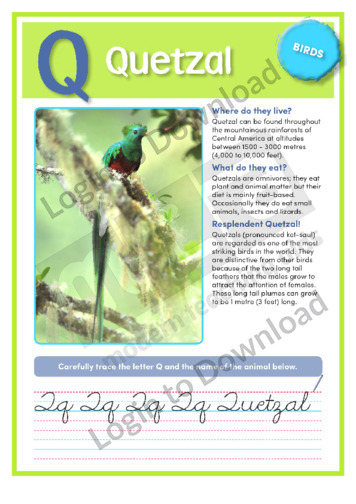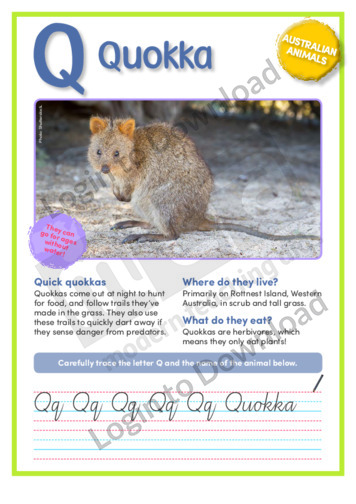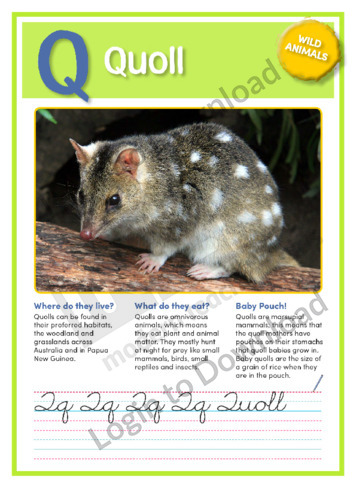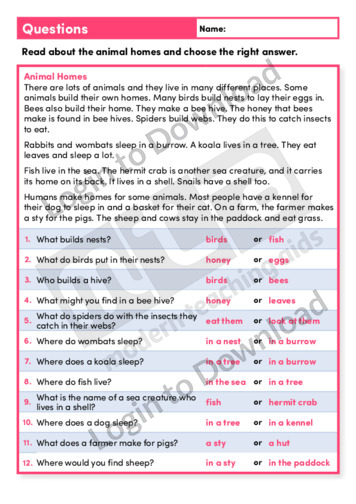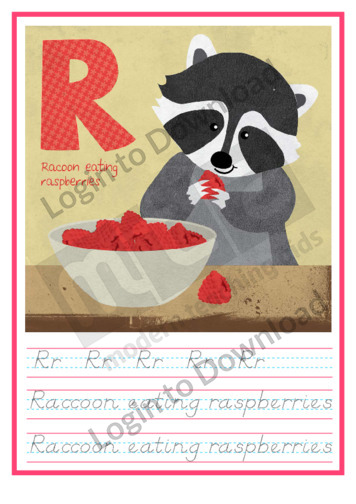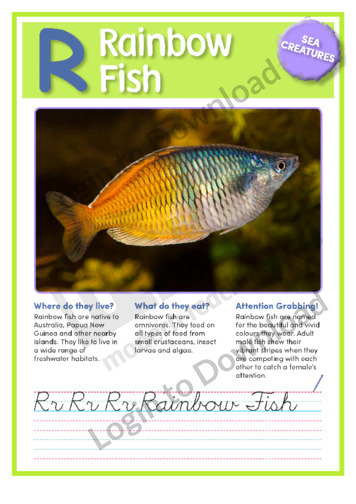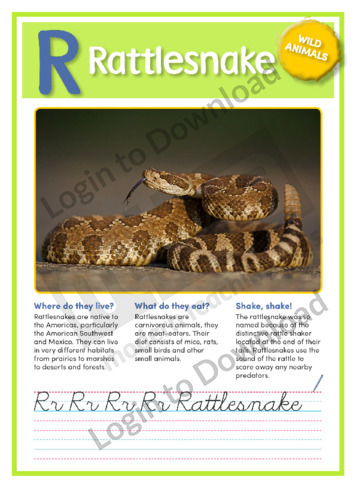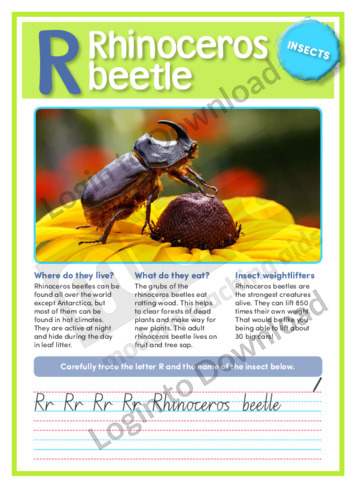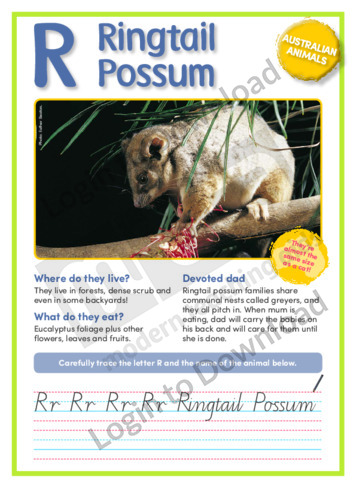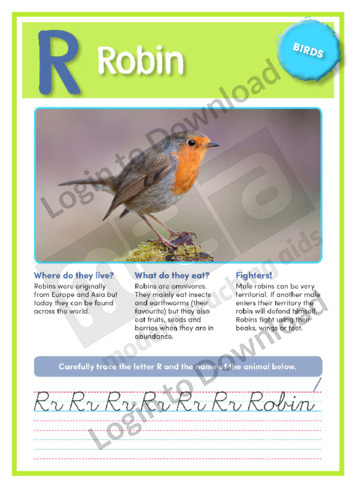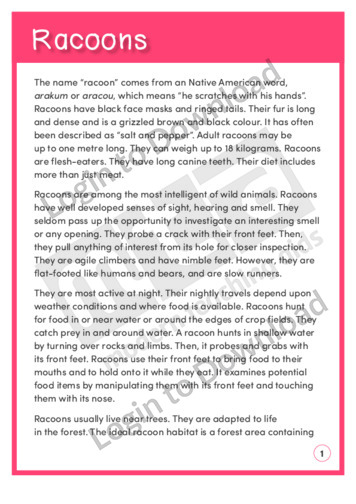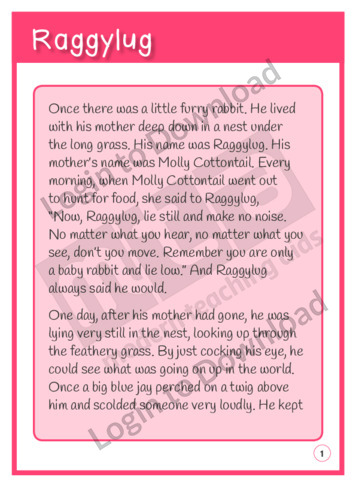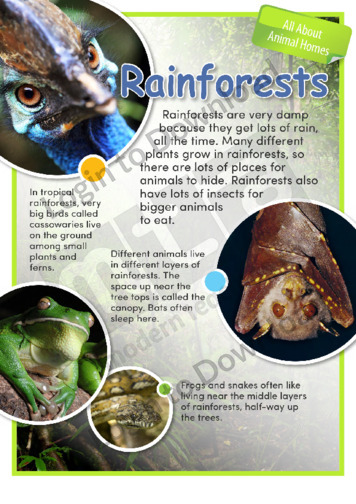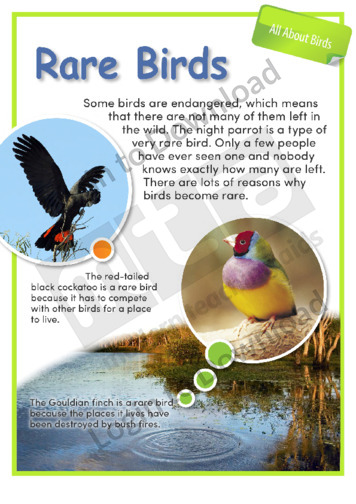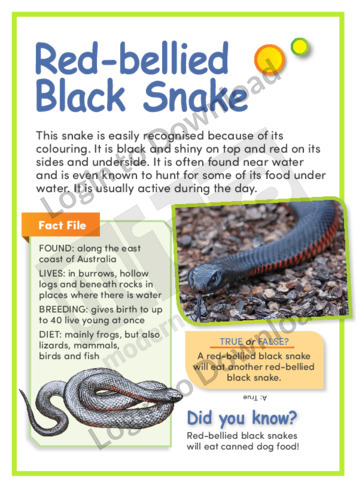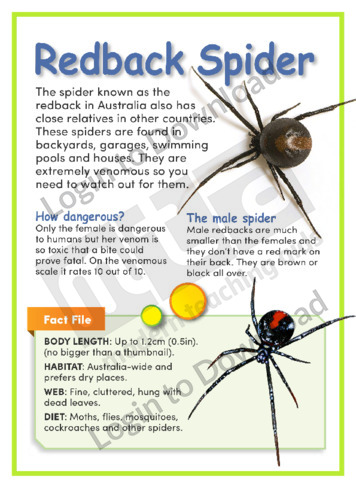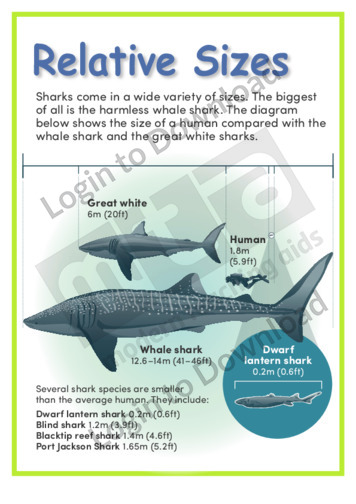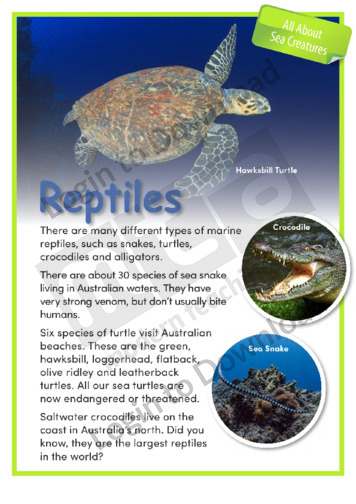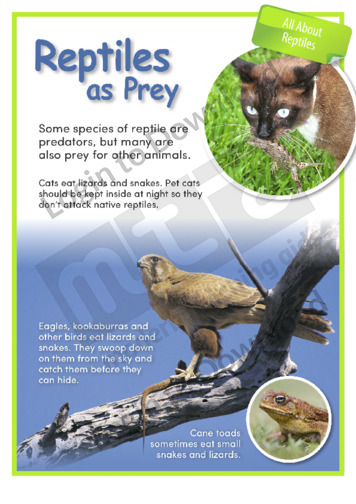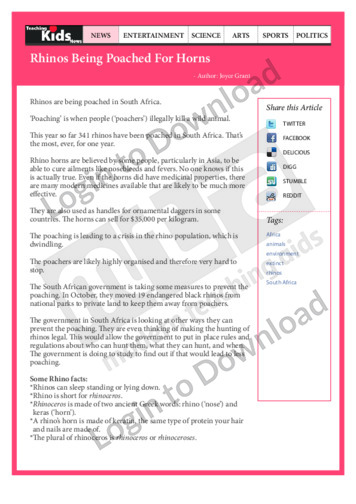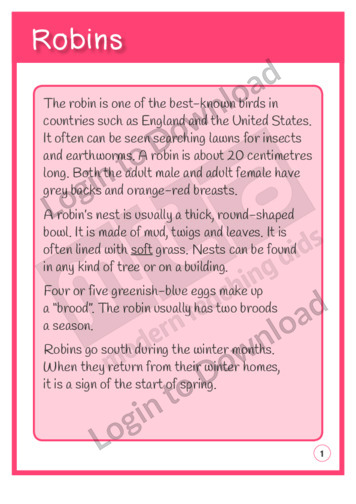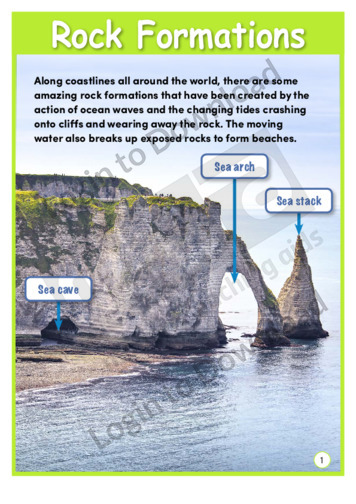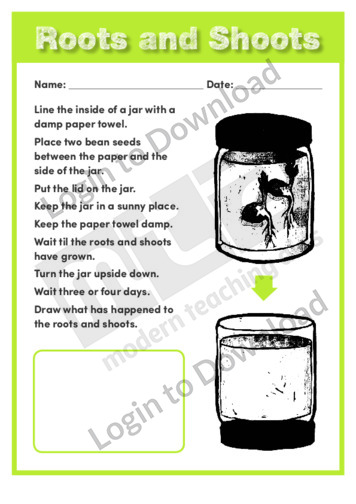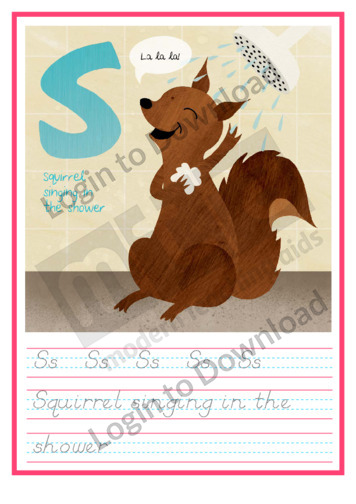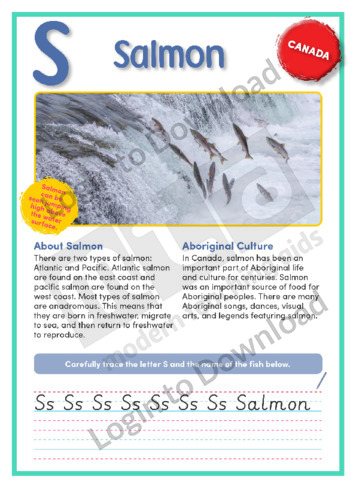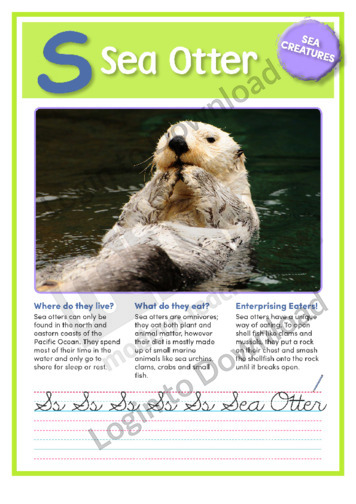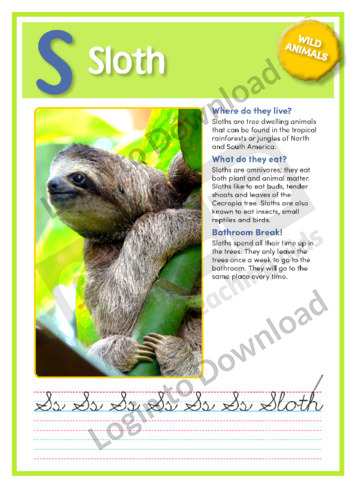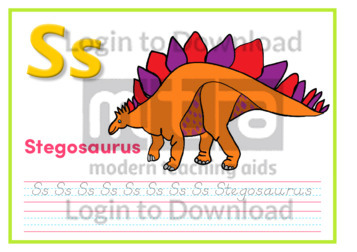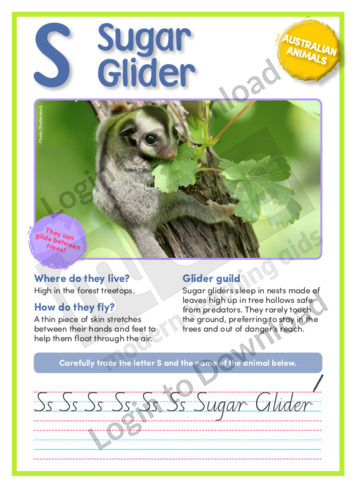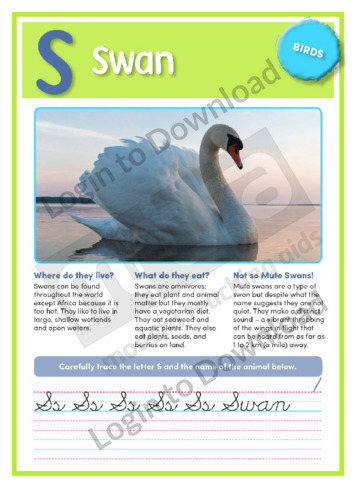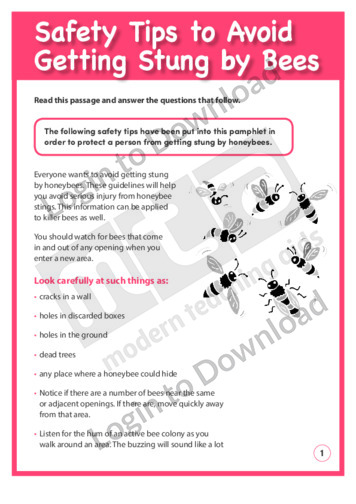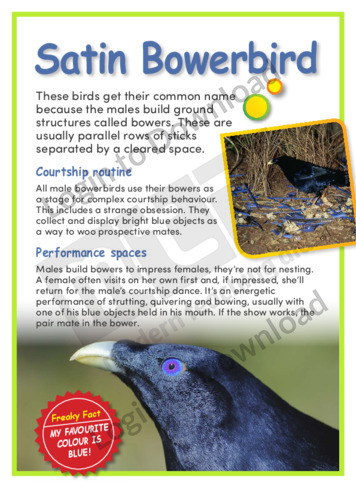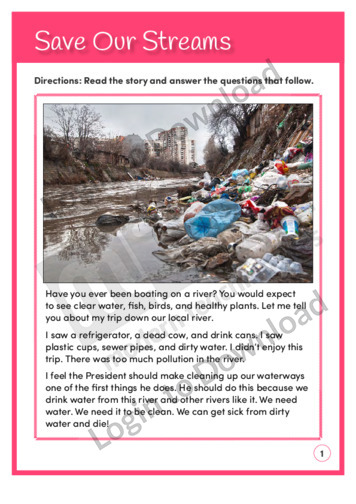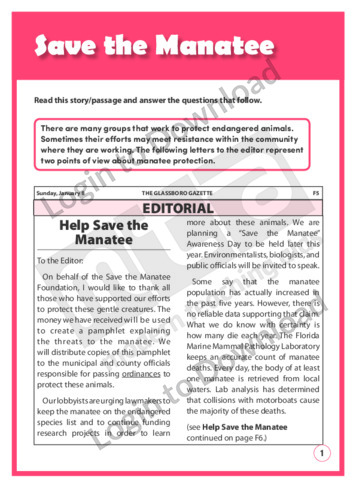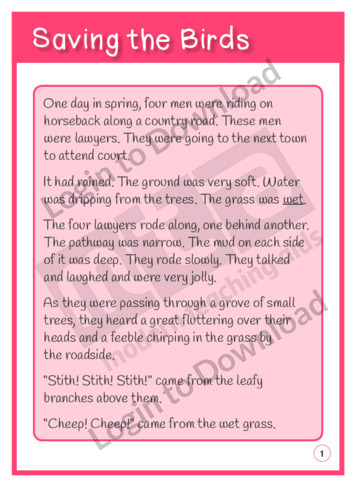This reading comprehension activity, ‘Picture Story: Zoo’ asks students to identify the story that best matches the picture, which features people looking at some chimpanzees at the zoo. It is aimed at developing students’ awareness of semantics and encourages them to recognise the association between a picture and a short story describing it.
This Readers Theatre activity, ‘Plant Life’ encourages students to summarise and paraphrase information in texts. It also builds reading fluency. This activity includes a script for 4 readers.
This reading comprehension activity, ‘Planting a Tree’ asks students to answer questions about choosing and planting a tree. It is aimed at increasing students’ awareness of semantics and encourages students to recall information, form opinions and think about word meanings.
This article, ‘All About Sea Creatures: Plants’, describes different kinds of aquatic plants. It provides factual information and features colourful and engaging photographs.
This article, ‘Platypus’, provides information about the physical characteristics, habits, habitat and life cycle of the platypus. It also introduces students to various terms relating to the platypus’s physical features. The text is supported by colourful and engaging photographs and illustrations.
This reading comprehension activity, ‘Poison Ivy and Its Cousins’ asks students to answer questions about poison ivy, poison oak and poison sumac. It is aimed at increasing students’ awareness of semantics and encourages students to recall information, draw conclusions and think about word meanings.
This analysing text worksheet ‘Ponies’ supports students to use various strategies to understand an informational text about different kinds of ponies. It is aimed at encouraging students to deconstruct the text in order to gain a deeper understanding of its purpose, to recall specific details from the text and to draw conclusions about the text …More
This Reading Comprehension worksheet, ‘Ponies’, features an informational text about the origins and characteristics of different kinds of ponies. It encourages students to use a variety of strategies to interpret the text and includes questions about detail, comparison/contrast, validity, making a judgment, making an inference, main idea, and detail. Answer sheet provided with file download.
This article, ‘Port Jackson Shark’, provides information about the physical characteristics, behaviour, habitat, diet and life cycle of this shark. A quick reference fact file includes scientific name and IUCN status. The text is accompanied by a large illustration of the shark.
This reading comprehension activity, ‘Possums’ asks students to answer questions about possums. It is aimed at increasing students’ awareness of semantics and encourages students to recall information and think about word meanings and author purpose.
This article, ‘Cats and Foxes: Predators’, provides information about cats and foxes in Australia. It is aimed at broadening students’ environmental awareness and includes colourful and engaging photographs.
This article, ‘Prehistoric Creatures’ provides information about two species of crocodiles including their physical characteristics, habits, habitat, hunting methods and special abilities. It also introduces students to various terms relating to the crocodiles’ physical features and habitat. The text is supported by colourful and engaging photographs.
This writing prompt, ‘Protecting Our Pets’ helps students to write a letter to their teacher explaining how they would keep their class pet safe. It encourages students to think about animal responsibility and is aimed at broadening students’ writing and language skills.
This article, ‘Pygmy Shark’, provides information about the physical characteristics, behaviour, habitat, diet and life cycle of this shark. A quick reference fact file includes scientific name and IUCN status. The text is accompanied by a large illustration of the shark.
This article, ‘Pythons’ provides information about the two species of python as well as general information about pythons’ physical characteristics, habits, habitat and life cycle. It also introduces students to various terms relating to pythons’ hunting habits. The text, includes a brief ‘fact file’ of statistics and is supported by several photographs.
This ‘Animal Alphabet: Q: Queen bee’ is an animal themed worksheet that provides opportunities for handwriting practice.
This Animal Alphabet, ‘Q: Quaesitosaurus’ is a Dinosaur themed worksheet that provides opportunities for handwriting practice.
This short nonfiction text ‘Q: Quagga’ features important factual background information relating to the extinct animal that was a subspecies of the Plains Zebra. It is aimed at broadening students’ awareness of the unique and beautiful flora and fauna associated with South Africa and also features an activity for students to practise their handwriting.
This short nonfiction text, ‘Q: Quahog’ provides factual information about the Quahog, exploring where they live, what they eat and other interesting facts.
This short nonfiction text, ‘Q: Question mark butterfly’ provides factual information about the Question mark butterfly, exploring where they live, what they eat and other interesting facts. The resource also provides a photo of the insect and guided handwriting practice that can be used to supplement the informational text.
This short nonfiction text, ‘Q: Quetzal’ provides factual information about the Quetzal, exploring where they live, what they eat and other interesting facts.
This short nonfiction text, ‘Q: Quokka’ provides factual information about the Australian animal the Quokka.
This short nonfiction text, ‘Q: Quoll’ provides factual information about the Quoll, exploring where they live, what they eat and other interesting facts.
This reading activity, ‘Questions’ provides opportunities for practice with reading about animals and their homes, then answering comprehension questions.
This ‘Animal Alphabet: R: Racoon’ is an animal themed worksheet that provides opportunities for handwriting practice.
This short nonfiction text, ‘R: Rainbow Fish’ provides factual information about the Rainbow Fish, exploring where they live, what they eat and other interesting facts.
This short nonfiction text, ‘R: Rattlesnake’ provides factual information about the Rattlesnake, exploring where they live, what they eat and other interesting facts.
This short nonfiction text, ‘R: Rhinoceros beetle’ provides factual information about the Rhinoceros beetle, exploring where they live, what they eat and other interesting facts. The resource also provides a photo of the insect and guided handwriting practice that can be used to supplement the informational text.
This short nonfiction text, ‘R: Ringtail Possum’ provides factual information about the Australian animal the Ringtail Possum.
This Animal Alphabet, ‘R: Riojasaurus’ is a Dinosaur themed worksheet that provides opportunities for handwriting practice.
This short nonfiction text, ‘R: Robin’ provides factual information about the Robin, exploring where they live, what they eat and other interesting facts.
This reading comprehension activity, ‘Racoons’ asks students to answer questions about racoons. It is aimed at increasing students’ awareness of semantics and encourages students to recall information.
This reading comprehension activity, ‘Raggylug’ asks students to answer questions about a tale of a baby rabbit who didn’t listen to his mother. It is aimed at increasing students’ awareness of semantics and encourages students to recall information, draw conclusions and think about words and word meanings.
This reading comprehension activity, ‘Rainforest Retreat’ helps students make their own mini rainforest and asks students to answer comprehension questions about making a mini rainforest. It is aimed at developing students’ awareness of semantics in an informative and instructional text and encourages students to form opinions and think about author’s purpose.
This article, ‘All About Animal Homes: Rainforests’, describes different animals that live in rainforests. It provides factual information about these animals and includes colourful and engaging photographs.
This article, ‘All About Birds: Rare Birds’, profiles birds that are endangered. It provides factual information about rare birds and includes colourful and engaging photographs.
This article, ‘Red-bellied Black Snake’ provides information about the identifying features and other physical characteristics of the red-bellied black snake as well as its adaptability and its habits, habitat and diet. It also introduces students to various terms relating to the snake’s features. The text includes a brief ‘fact file’ of statistics and is supported …More
This article, ‘Redback Spider’, provides information about this spider’s habitat, life cycle, diet and behaviour. It includes a detailed Fact File of statistics and also displays full-colour close-up photographs of the spider. A quick-reference list provides advice for first-aid in case of a bite.
This article, ‘Relative Sizes’, provides information about the size of some large sharks compared with the size of a human. It also provides information about the size of a number of small sharks. The text is accompanied by diagrammatic illustrations.
This article, ‘All About Sea Creatures: Reptiles’, describes marine reptiles. It provides factual information and features colourful and engaging photographs.
This article, ‘All About Reptiles: Reptiles as Prey’, profiles different animals that prey on reptiles. It provides factual information about these animals and includes colourful and engaging photographs.
This kids news activity, ‘Rhinos Being Poached For Horns’ is about wild rhinos in South Africa and efforts to stop them being killed by poachers.
This reading comprehension activity, ‘Robins’ asks students to answer questions about these well-known birds. It is aimed at increasing students’ awareness of semantics and encourages them to look critically at words in order to ascertain their particular meaning in context. It also encourages students to recall information.
This science article, ‘Rock Formations’ features the rocky formations that ocean waves can erode and create. It provides factual information about sea caves, sea arches and sea stacks. It is aimed at broadening students’ scientific and geographical awareness in an engaging manner.
This life science worksheet, ‘Roots and Shoots’ provides students with an experiment to observe the way seeds grow. It supports an understanding of plants.
This reading comprehension exemplar, ‘Rosa’s Ant Farm’ provides a model of a completed reading comprehension worksheet. It is aimed at increasing students’ awareness of semantics and encourages students to recall information, form opinions, summarise and think about word meanings.
This ‘Animal Alphabet: S: Squirrel’ is an animal themed worksheet that provides opportunities for handwriting practice.
This geography article, ‘Salmon’, features factual information about salmon. It is aimed at broadening students’ cultural, geographical, and historical awareness in an engaging manner.
This short nonfiction text, ‘S: Sea Otter’ provides factual information about the Sea Otter, exploring where they live, what they eat and other interesting facts.
This short nonfiction text, ‘S: Sloth’ provides factual information about the Sloth, exploring where they live, what they eat and other interesting facts.
This Animal Alphabet, ‘S: Stegosaurus’ is a Dinosaur themed worksheet that provides opportunities for handwriting practice.
This short nonfiction text, ‘S: Stick insect’ provides factual information about the Stick insect, exploring where they live, what they eat and other interesting facts. The resource also provides a photo of the insect and guided handwriting practice that can be used to supplement the informational text.
This short nonfiction text, ‘S: Sugar Glider’ provides factual information about the Australian animal the Sugar Glider.
This short nonfiction text, ‘S: Swan’ provides factual information about the Swan, exploring where they live, what they eat and other interesting facts.
This analysing text worksheet ‘Safety Tips to Avoid Getting Stung by Bees’ supports students to use various strategies to understand an informative text about bees. It is aimed at encouraging students to deconstruct the text in order to gain a deeper understanding of its purpose, to recall specific details from the text, to look critically …More
This life science worksheet, ‘Salad Survey’ asks students to carry out a survey to determine what people like in their salads. It supports an understanding of plants and nutrition.
This article, ‘Satin Bowerbird’ provides information about the physical characteristics, habitat, habits and special abilities of the satin bowerbird. It also introduces students to various terms relating to the satin bowerbird’s special abilities. The text is supported by colourful and engaging photographs.
This reading comprehension activity, ‘Save Our Streams’, asks students to answer comprehension questions on a letter written by a boy who is concerned about water pollution.
This analysing text worksheet ‘Save the Manatee’ supports students to use various strategies to understand opposing letters to the editor about manatee conservation. It is aimed at encouraging students to deconstruct the text in order to gain a deeper understanding of its purpose, to recall specific details from the text, to look critically at words …More
This reading comprehension activity, ‘Saving the Birds’ asks students to answer questions about a tale of a man named Abraham Lincoln who stopped to save some birds. It is aimed at increasing students’ awareness of semantics and encourages students to recall information, form opinions and think about word meanings, rhyming word families and homophones.
It�s that easy!

